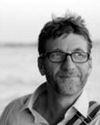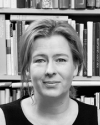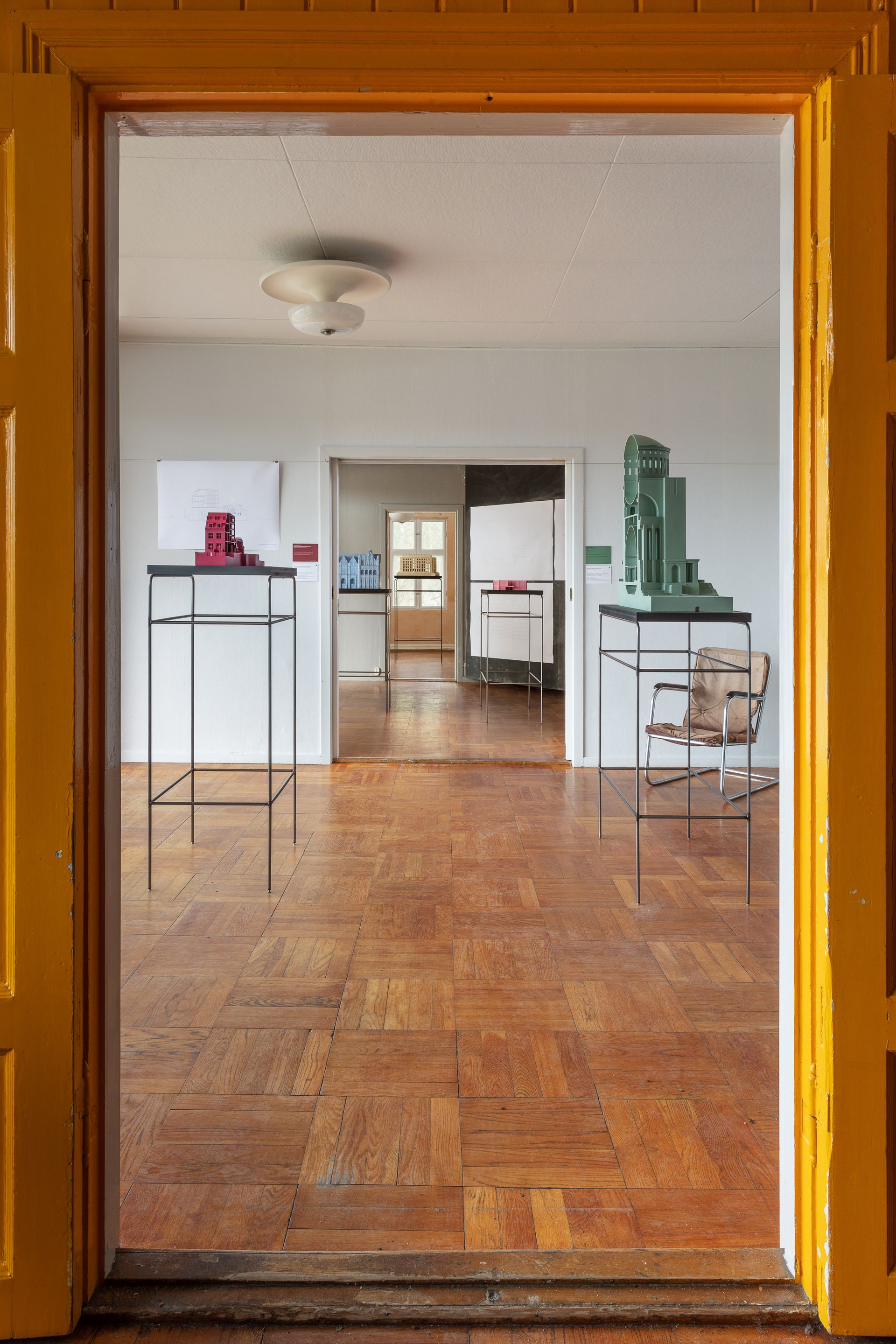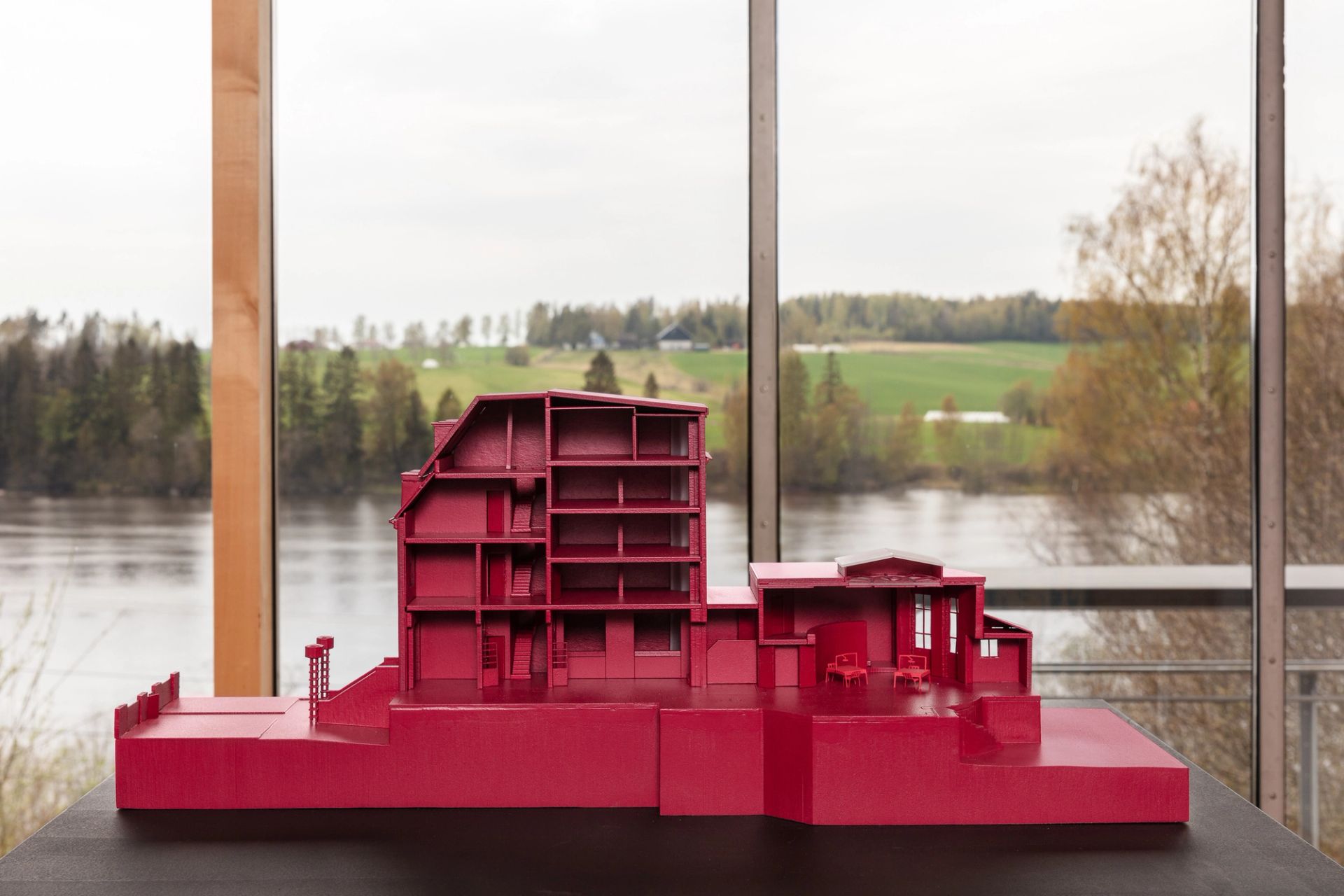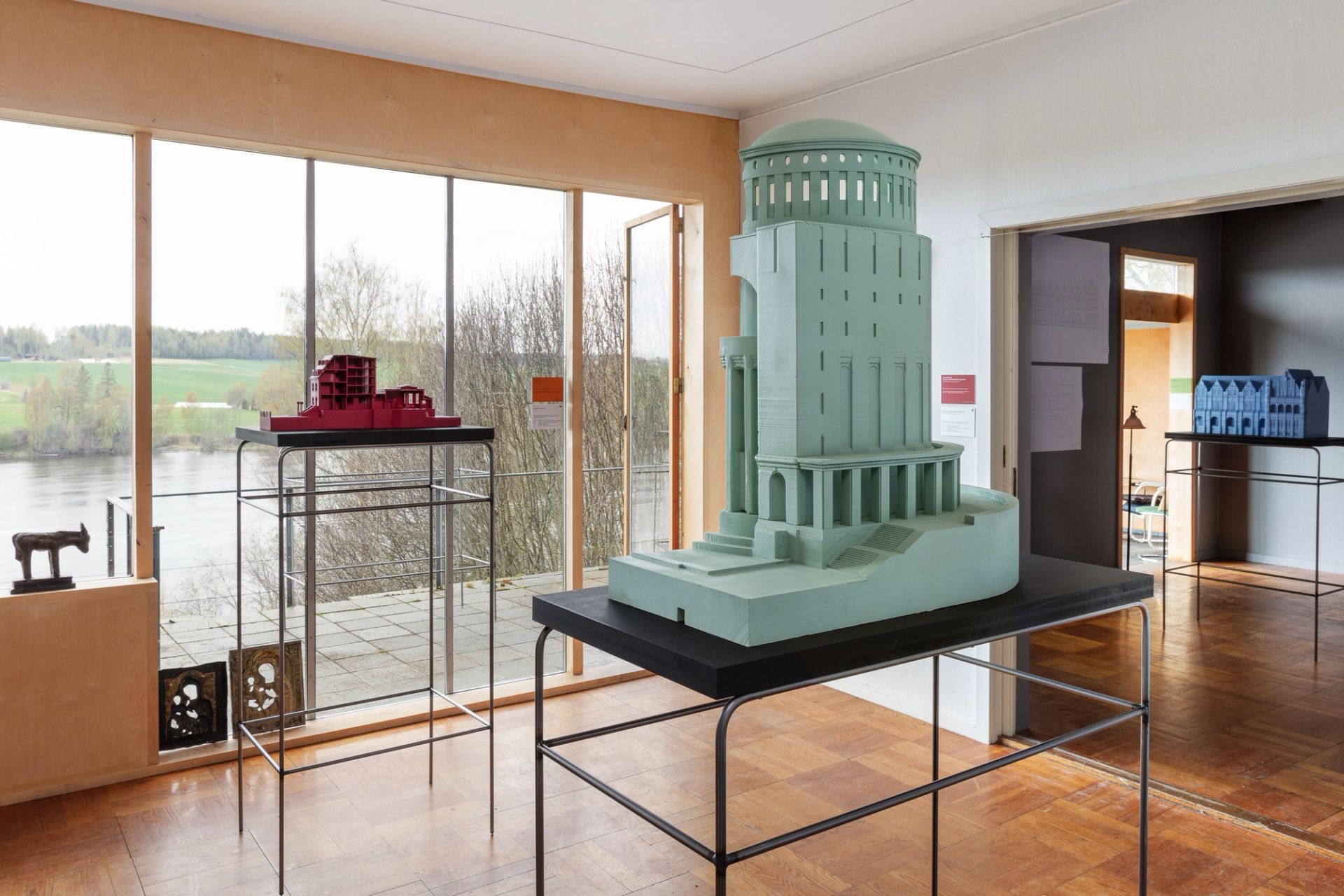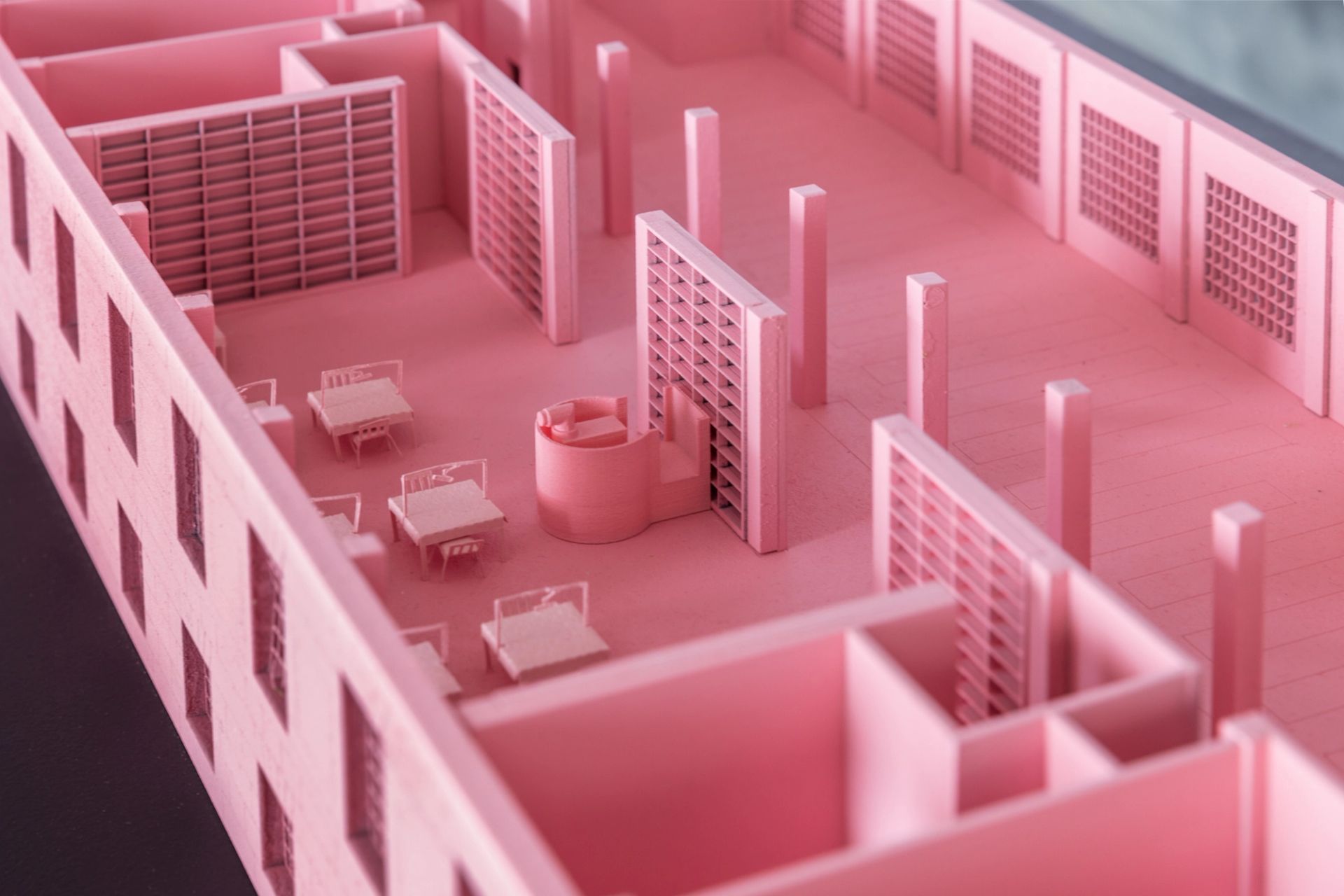Warburg Models at Blaker
Architecture, interiors and technological systems were crucial for how Aby Warburg and his followers interrogated culture. In Warburg’s native Hamburg a purpose designed building, the Kulturwissenschaftliche Bibliothek Warburg, was completed in 1926 to accommodate his remarkable library and to disseminate the ideas it generated. In the same year a transformation was initiated to create a Planetarium for Hamburg in a disused water tower, a project that would demonstrate Warburg’s radical theories about how travelling images carried fragments of antique reality into modernity. When the Warburg Institute transferred to London in 1933, this fascination with architectural organisation continued through projects designed by the avant-garde architectural group Tecton to house the institute and its directors during the 1930s, in the creation of successful exhibitions during the 1940s and in the construction of the library’s present home at Woburn Square, Bloomsbury in the 1950s.
Through six models at 1:75 scale, the exhibition shows how the Warburg scholars projected a tie between their own occupancy of architectural space and their shared ideas about intellectual order and cultural survival. The models are colour coded with the Modernist palette of colours used by the Warburg Institute to organise its collection of books according to “the rule of the good neighbour”. Each model emphasizes a certain architectural aspect of the building portrayed. The Warburg models will be shown in Blaker outside Oslo, Hamburg, London, and New York (2021–24).
The exhibition is part of the research project Re-inscribing the Warburg Institute at OCCAS (the Oslo Centre for Critical Architectural Studies), AHO. The graduate seminar Warburg Models is conducted by professors Tim Anstey and Mari Lending. The models are built by Pernille Ahlgren, Christian Berg, Amalie Elvegård, Nora Kilstad, Anne Lise Ladegård, Pål Sanchez-Paredes, Silje Seim, Cathrine Sundem, Maximilian Svendsen, Karina Tang, and Mara Trübenbach.
